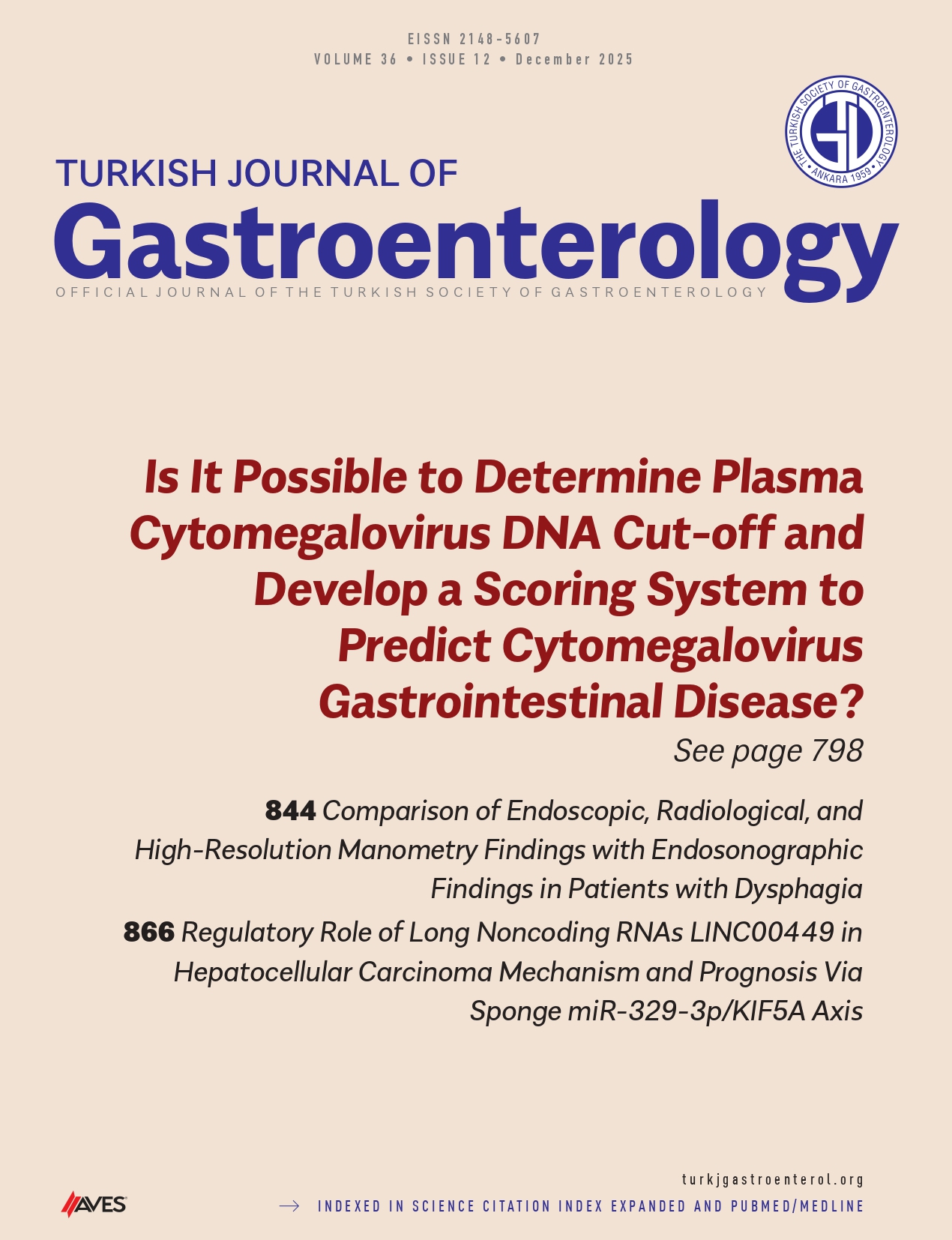Background/Aims: The purpose of this study was to investigate whether computed tomography enterography can be used to predict the presence of perianal fistula in Crohn’s disease patients.
Materials and Methods: According to the presentation of perianal fistula or not, this study divided retrospectively included Crohn’s disease patients into 2 groups. The disease duration, incidence of involved intestinal segments, and scoring of the activity of the lesions in all patients were statistically analyzed to explore significant factors between the 2 groups. The statistically significant findings identified in the univariate analysis were incorporated into the multivariate analysis. Logistic regression models were subsequently constructed to assess the predictive factors associated with the occurrence of perianal fistula in individuals with Crohn’s disease.The contribution of each factor to the outcome variable was confirmed by the nomogram. The clinical utility of the nomogram was confirmed by calibration and decision curves.
Results: There were 40 cases with perianal Crohn’s disease and 58 without perianal Crohn’s disease. After univariate and multivariate analysis, disease duration (early stage of Crohn’s disease), ascending colon, and rectum were identified as the independent predictive factors for perianal fistula in Crohn’s disease patients. The clinical utility of the nomogram was effective, which implied potential benefits for Crohn’s disease patients.
Conclusion: Computed tomography enterography can be used to predict the presence of perianal fistula in Crohn’s disease patients by analyzing the location and the stage of the disease.
Cite this article as: Ni G, Zhao H, Shen H, Li S, Ao W. Prediction of perianal fistula in Crohn’s disease by computed tomography enterography. Turk J Gastroenterol. 2024;35(3):168-177




.png)
.png)